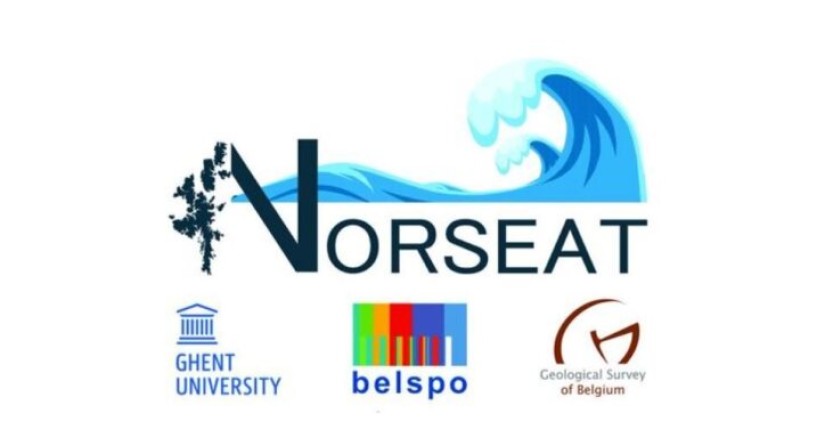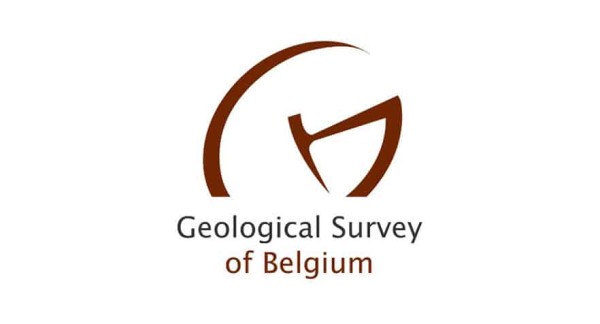NORSEAT
Completed
15.12.22 → 15.03.25

Storegga and beyond – NORth SEA Tsunami deposits offshore Shetland Islands
The recurrence rate of North Sea tsunamis may be underestimated due to the nature of its basin and coastlines, characterised either by limited accommodation space or by poor preservation of event deposits due to erosion or anthropogenic reworking. The best-known example is the Storegga tsunami, which was caused by a large underwater landslide on the Norwegian continental slope ca. 8200 years ago and left a sedimentary imprint at a range of onshore locations across the North Atlantic and the North Sea, including the Shetland Islands (UK). Onshore deposits of at least two more tsunamis are known, whereas offshore tsunami deposits, which are much more likely to be preserved more completely in the sedimentary record, have received significantly less attention. In addition, the position of the relative sea level (RSL) at the time of events is crucial for sediment transport and inundation modelling. The NORSEAT project therefore aims at improving our understanding of the tsunami hazard in the North Sea by i) tracing known tsunami deposits towards the offshore realm and verifying whether the offshore record holds evidence of more events; ii) coupling the onshore and offshore archives to reconstruct major event dynamics and iii) reconstructing the, so far poorly known; RSL evolution of the Shetland Islands. Finally, these data are essential for developing improved risk assessments.
Funding
BELSPO Research action RV project (Total budget: €631,228)
Internal members
- Vanessa M.A. Heyvaert
- Juliane Scheder
Partners en sponsors



